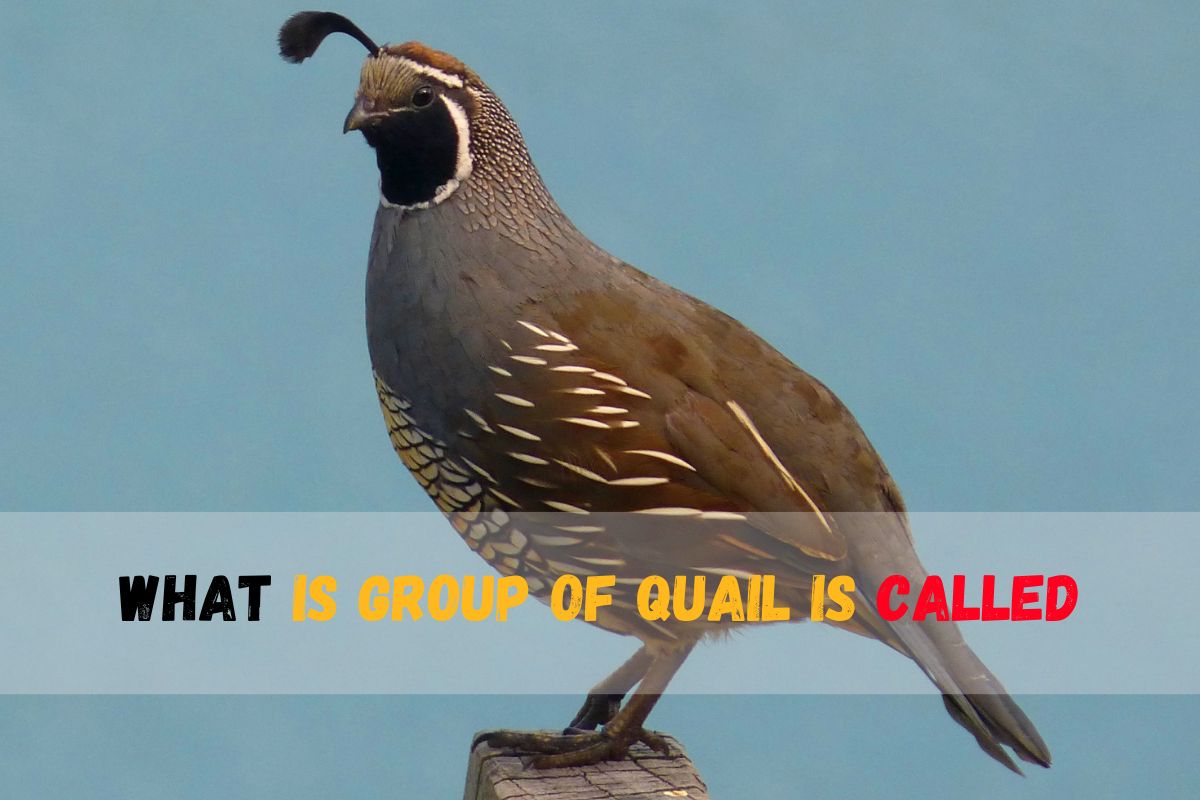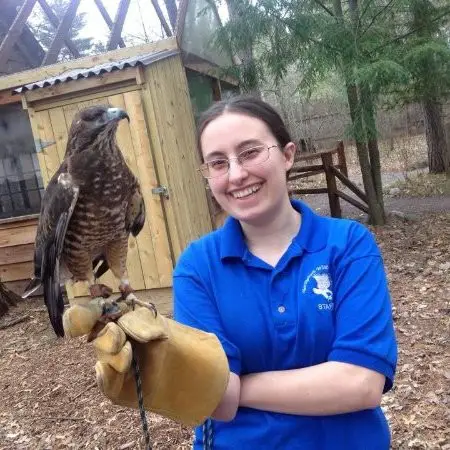Quails, those small and endearing ground-dwelling birds, have long captured the curiosity of individuals fascinated by the avian world. Beyond their charming appearance, quails exhibit intriguing social behaviors, giving rise to the question of what is group of quail is called. In exploring this query, we explore the linguistic nuances and historical contexts associated with the collective nouns attributed to these captivating creatures.
What is a group of quail is called
In the realm of ornithology, the lexicon assigned to groups of birds is as diverse as the species themselves. When it comes to quails, the semantic landscape is vibrant. A group of quails is termed differently based on historical, linguistic, and cultural factors. The most prevalent collective nouns for a gathering of quails include “flock,” “bevy,” and “covey.” The term “flock” is a conventional descriptor for various bird assemblies, while “bevy” and “covey” carry distinct historical connotations. “Covey,” rooted in Old English, specifically refers to a group of small gamebirds, encompassing quails and partridges. On the other hand, “bevy” is an antiquated term that historically denotes a group of birds, with a particular association with quails.
Exploring Linguistic Roots:
Delving deeper into linguistic roots, a covey of quails is also referred to as a “dowitcher.” This nomenclature is steeped in tradition, with an intriguing belief that these migratory birds would traverse alongside dunes on windy days when the southwest wind, known as the dowser’s breath, prevailed. Moreover, the diversity within the quail family is highlighted by the presence of three distinct types: Japanese, California, and Gambel, all belonging to the same genus, Callipepla (or Coturnix). It is noteworthy that quails, despite their visual similarities, exhibit varying migratory patterns and behaviors.
Taxonomic Insights:
From a taxonomic perspective, quails are classified as species of ground-dwelling birds within the order Galliformes. The quail family encompasses two groups, Phasianidae and Odontophoridae, collectively harboring over 40 species distributed across Asia, Europe, Africa, the Americas, and Oceania. While quails are renowned as a popular game and domesticated birds, it’s essential to recognize the distinction between Old World and New World Quail, each comprising several genera and numerous species. Notably, the family Odontophoridae, housing the Northern bobwhite, is only distantly related to quails in the family Phasianidae, despite their external resemblance.
Other terms for groups of quails
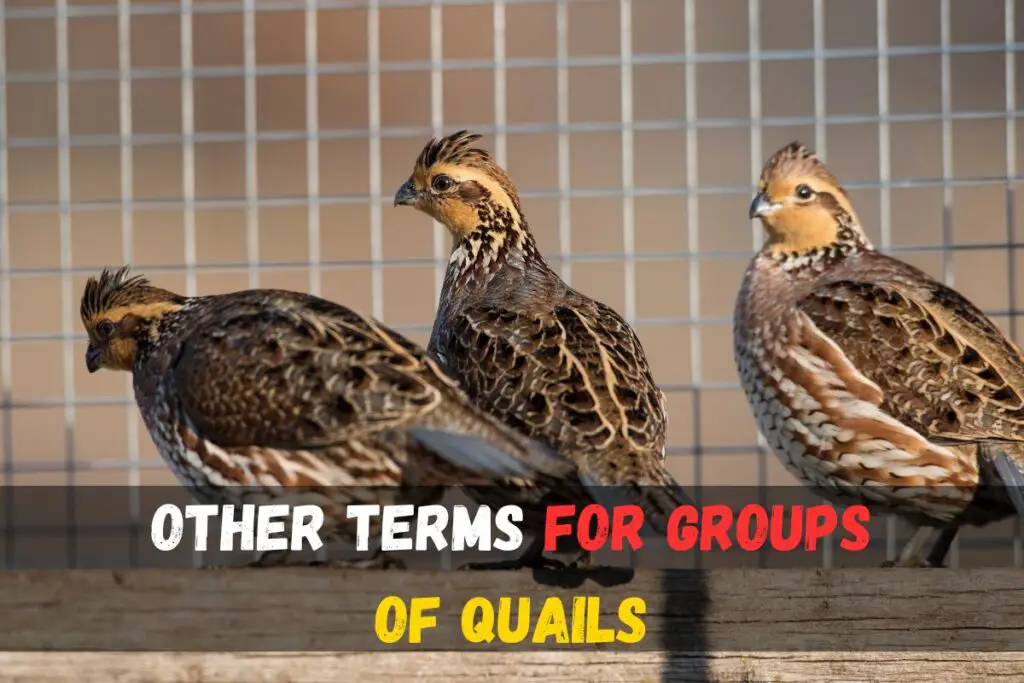
- Bevy of Quails
- Covey of Quails
- Drift of Quails
- Flush of Quails
- Gam of Quails
- Herd of Quails
- Mob of Quails
- Parcel of Quails
- Plump of Quails
- Team of Quails
- Battery of Quails
- Bunch of Quails
- Knob of Quails
- Little Knob of Quails
- Rout of Quails
- Shake of Quails
- Trip of Quails
- Run of Quails (flightless)
- Wagering of Gambel’s Quails
- Revenge of Montezuma Quails
Do quail flock together in groups?
Quail do indeed exhibit a fascinating social behavior of flocking together in groups, and this phenomenon is observed throughout much of the year. The dynamics of quail grouping are particularly notable during the breeding season, which concludes in the fall. Subsequently, during the winter, quail continue to display their sociable nature by roosting together, often in low branches, and forming family groups.

The group composition is significantly influenced by the large size of quail clutches, leading to the formation of flocks that can consist of numerous individuals. This communal behavior is not limited to specific periods but extends into the mornings and late afternoons when quail engages in collective feeding activities. These feeding sessions predominantly occur in open and scrubby areas, strategically chosen to provide visibility against potential predators.
In a bid to enhance their survival strategies, quail exhibits a nuanced response to the diurnal and nocturnal aspects of their environment. During the heat of the day and at night, quail demonstrate another facet of their group behavior by roosting in shaded areas. This behavior serves the dual purpose of providing comfort during the day and protection from potential predators during the night.
Why do quail flock together in large groups?
Quails exhibit intriguing social behaviors, and their tendency to flock together can be attributed to a combination of factors rooted in their biology and ecological dynamics. One primary reason for quails to form large groups is their innate drive to fulfill basic survival needs, particularly during the breeding season. In this critical period, unmated quails from various species converge to find suitable mates, emphasizing the communal aspect of their social structure.
Interestingly, despite the pursuit of mates, a majority of quails are inherently monogamous, forming pairs that tend to retreat from the bustling life of the flock once established. This reveals a nuanced social dynamic among quails, where their interactions transition from the broader flock to more intimate partnerships during the breeding phase.
However, the sociability of quails becomes notably pronounced in certain species, such as Gambel’s quails. During the warmer seasons of summer and spring, these birds exhibit a heightened social behavior, congregating in larger groups during the morning and dusk hours to feed. This communal feeding pattern underscores a cooperative strategy employed by quails to enhance their foraging efficiency and collective safety.
Jungle quails, another socially inclined species, take the concept of communal living a step further. Forming coveys comprising 8 to 25 birds, they establish pathways through the undergrowth, foraging together at dusk and dawn. The fascinating aspect is their daily disbandment at dusk, as individual groups disperse in separate directions, only to regroup the following day. This behavior hints at social flexibility among quails, allowing them to spend time both alone and in smaller groups as they navigate their environment.
How many quail are in a flock?
The composition of quail flocks varies depending on the species and the specific time of the year. Japanese, Jungle, and Gambel’s quails tend to flock together in relatively smaller groups, typically ranging from 10 to 30 birds. On the other hand, Bobwhites, another type of quail, exhibit a propensity to form larger flocks, with numbers reaching around 100 birds, particularly during certain times of the year.
It’s noteworthy that the size of quail flocks experiences fluctuations throughout the breeding season and summer. During these periods, pairs of mated quails prefer to spend time away from the main flock, both before and after the processes of breeding and nesting. This behavior contributes to the observation that quail flocks are not consistently uniform in size.
Do quail families stay together?
Quails, being predominantly monogamous species, exhibit fascinating social behaviors that contribute to the formation of strong familial bonds. These avian creatures mate for life, and their family dynamics are marked by collaborative activities. Female quails, in particular, play a significant role in the reproductive process by laying substantial clutches of eggs, sometimes reaching up to 16 in certain families.
The familial responsibilities are shared, with the female typically brooding the chicks and the male actively participating in their feeding. Interestingly, quail chicks remain dependent for an extended period, taking approximately 40 to 50 days to fledge. Even after this period, they often stay near their parents until reaching sexual maturity, establishing a familial connection that extends beyond the early stages of life.
Quail families, however, do not adhere strictly to nuclear structures. Some species, such as the Japanese, Jungle, and King quails, can form small flocks comprising parents and chicks from different families. Additionally, certain New World quails from the Odontophoridae family engage in the intriguing behavior of merging broods. This entails different mothers taking turns to brood each other’s chicks, resulting in a collaborative approach to parenting.
What is a pair of quails called?
In the avian realm, particularly within the order Galliformes, quails are fascinating birds that exhibit diverse mating behaviors and familial structures. The term ‘pair of quails’ is often colloquially referred to as a “covey.” However, it is important to note that the nomenclature for a specific pair of quails does not possess a universally recognized or standardized term.
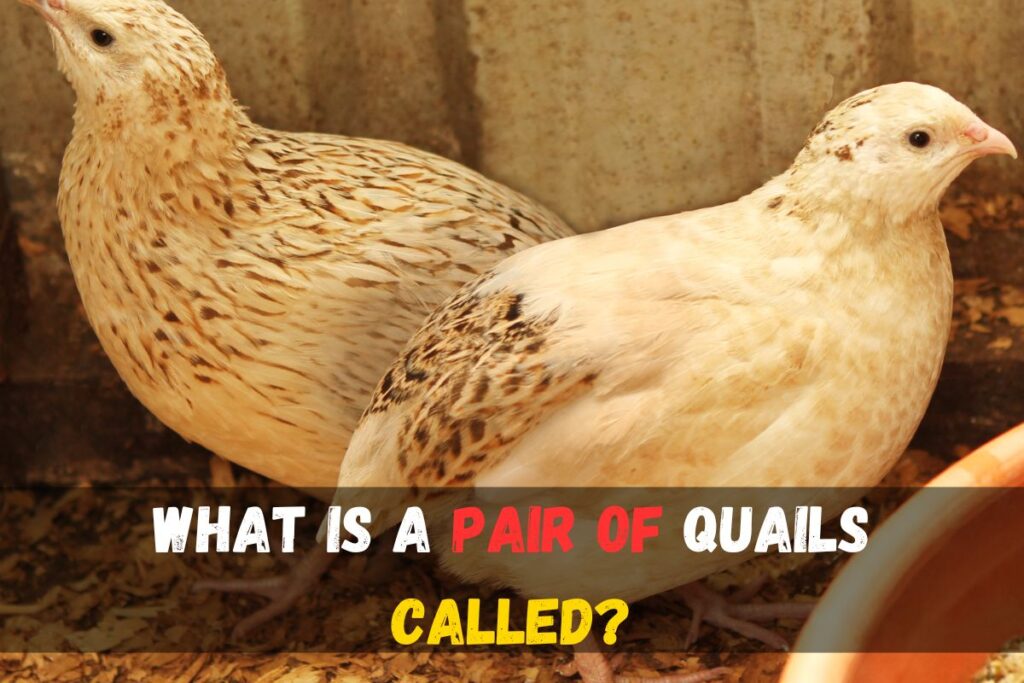
Within the Phasianidae family, encompassing ‘true quails,’ a substantial number of species adhere to a monogamous lifestyle, signifying a lifelong commitment between mating partners. The bond formed between these quail pairs is remarkably strong, characterized by shared activities such as foraging during the day and retreating to the same roost each night for sleep. The familial unit, although primarily the responsibility of the female in terms of brooding duties, is often supported collaboratively by both parents in the upbringing of their chicks.
Conversely, certain New World quails, hailing from the Odontophoridae family, showcase polygamous or polyandrous tendencies, demonstrating the diversity in quail mating habits. Despite the absence of a specific term for a pair of quails, the nuanced understanding of their behaviors and relationships provides a profound insight into the intricacies of avian life.
What is a group of baby quails called?
A group of baby quails doesn’t have a specific name. However, baby quails can form flocks of mixed families, and there may be occasions where broods merge into one. Baby quails, once hatched, are tiny and stick closely to the mother for as long as 50 days. In some species, quails can have as many as 15 or 16 chicks, which is well above average. There may also be instances where baby quails are raised by other mothers.
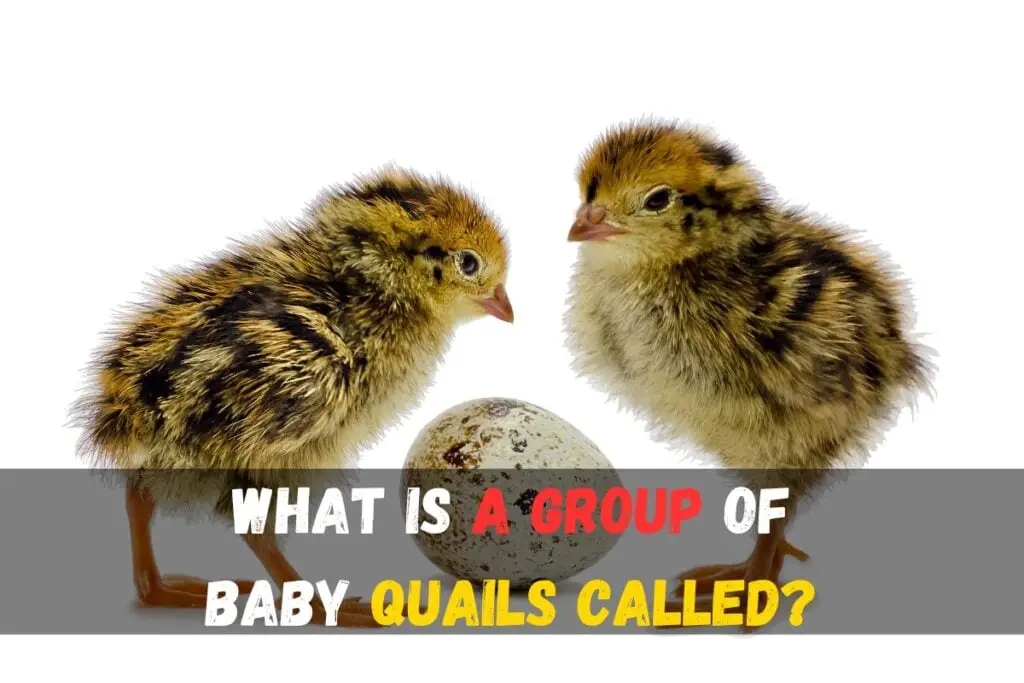
FAQ’S
Do quail fly in groups?
Quails, particularly common quails, exhibit fascinating migratory behaviors, making them noteworthy among gamebirds. Contrary to the perception that quails may seem flightless, they are, in fact, excellent flyers. The surprising length and power of their wings enable them to embark on significant journeys. During migration, quails engage in a collective aerial spectacle, forming small groups comprising approximately 10 to 30 birds.

These migratory groups signify a coordinated effort among quails, emphasizing their social tendencies even in the skies. The journey spans vast regions, from Europe and Central Asia down to Africa, the Middle East, and India during the winter months. This migration pattern distinguishes quails as one of the few truly migratory gamebirds.
The decision to fly in groups carries ecological significance. Flying in formation not only serves as a testament to the communal nature of quails but also provides benefits such as enhanced navigation and protection against potential threats. The coordination within these small flocks showcases the intricate interplay of instinct, social dynamics, and survival strategies among these avian creatures.
How many quail should you keep together?
The optimal number of quails to keep together depends on several aspects, taking into account both the characteristics of the birds and the experience of the keeper.
Firstly, it’s essential to understand that groups of around 30 quails can coexist relatively peacefully, contingent upon the expertise of the keeper. However, the species and individual character of the birds also play a crucial role in determining their compatibility within a flock.
For instance, the Bobwhite quail stands out as a popular choice in the USA, while the Common quail dominates the preferences in the UK and much of Europe. The King quail, recognized for its suitability as a pet, is also among the species considered for group housing.
During the breeding season, quails, like many birds, exhibit a need for personal space. While they may flock together at times throughout the year, it is vital to recognize the importance of allowing them sufficient room for breeding activities. This highlights the necessity of maintaining a balance between communal living and respecting individual space.
Do female quails call?
Both male and female individuals play an active role. One notable aspect is their distinctive 3–4 note call, a communication method employed when separated from covey members. This behavior is not exclusive to either gender, as both male and female Gambel’s Quail partake in emitting these characteristic calls.
Moreover, the quails exhibit a nuanced response system to potential threats or suspicious activity near the covey. The trigger for such circumstances results in a chip-chip-chip call. However, when a direct threat is imminent, the birds escalate their vocalizations to a more pronounced level. In such instances, they emit a clear-clear or squawk alarm call as they take wing, signifying a heightened state of alertness.

Therefore, in response to the query, it can be affirmed that female quails do indeed call. The vocal communication among Gambel’s Quail is not gender-specific, and both males and females actively engage in the intricate language of calls to convey information, establish connections, and respond to potential threats in their environment.

